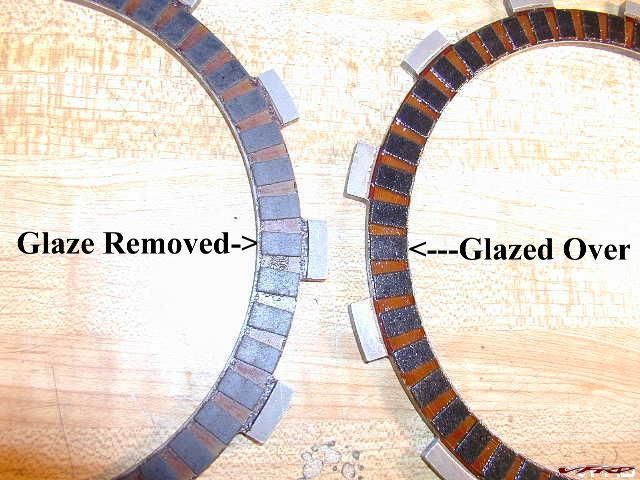Thanks for the comparison charts. I really don't know what I'm looking at as far as what is good and what is bad. All I know for sure is that for Dirt Bikes with wet clutches apparently the lower the moly the better, whereas in car/truck applications I think the higher the moly is better??
You're welcome... either oil will meet and exceed your performance expectations because what ever small
percent of Moly employed it will not defeat a wet clutch in good working order... Mileage is chief factor that
determines when your clutch is about to slip more than any one additive...
If you wish high mileage clutch life then you have to invest in some
good old sweat equity... because at the first sign of slip it doesn't
automatically mean your clutch is tired and worn out or that your
clutch plates are wore too thin because you can Mic them to
determine serviceability and within the factory specifications...
Under scrutiny you'll find that your slip was due to normal
glazing and contaminates...
Inspect the friction plates for glazing... make sure you have plenty
of material to work with... your shop manual states clutch thickness
in thousands of an inch or mm...
First removed the contaminants with Acetone... pick a hard surface to lay
over a 600 grit black dry emery paper... rotate the clutch plate in a
circle... you're just busting the glaze... don't get carried away
remove too much material... You should end up with a friction plate
looks dull like a new one as opposed to a shinny glazed one... recheck
thickness...
Next check the pressure plates for bluing caused by localized heat...
make sure they are not warped... consult the manual for a thickness
range... now removed the contaminants with Acetone and wire wheeled
them to erased the blue and also to generally scuff up the surface...
you should end up with a dull surface free of Blue marks...


